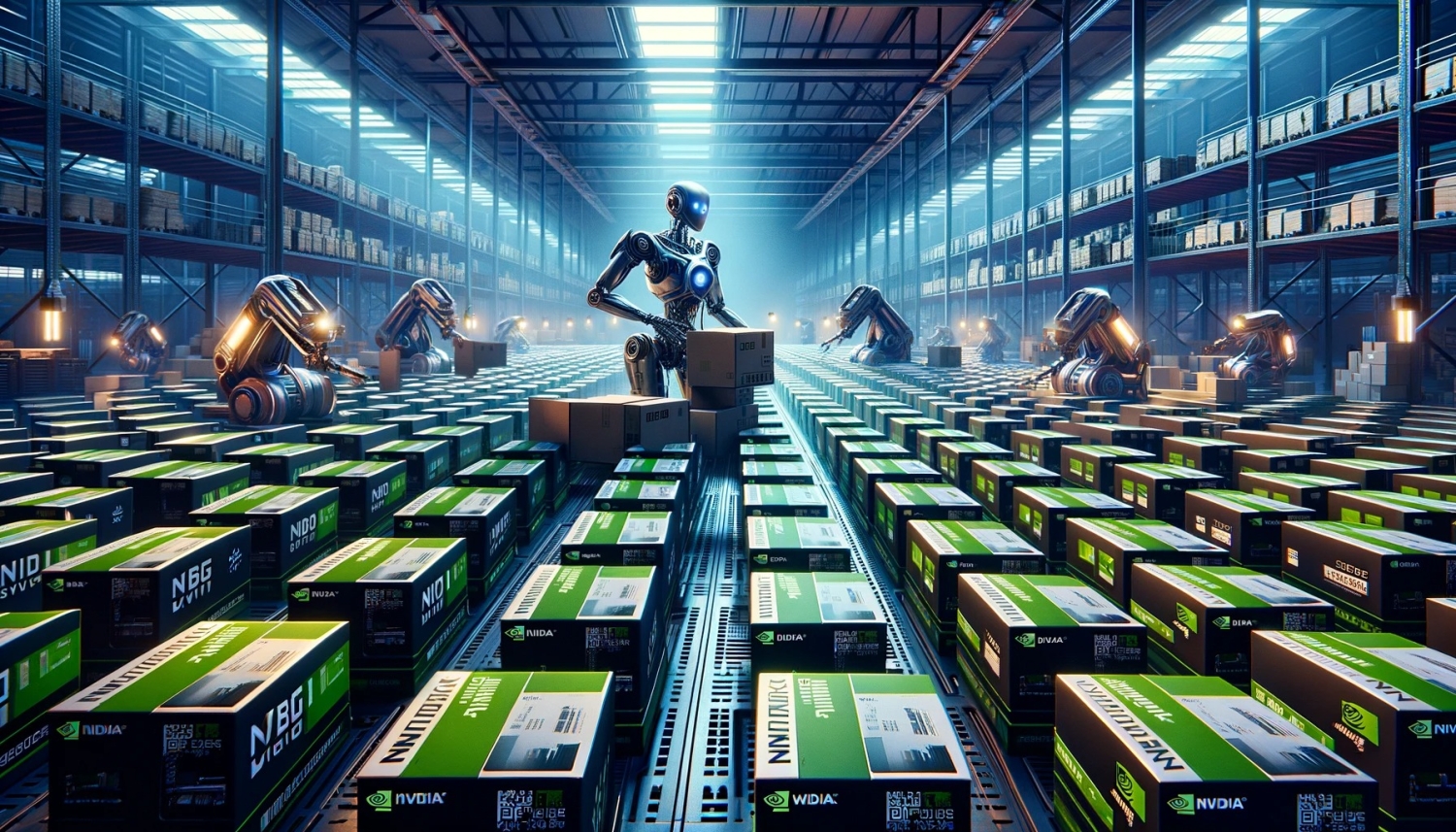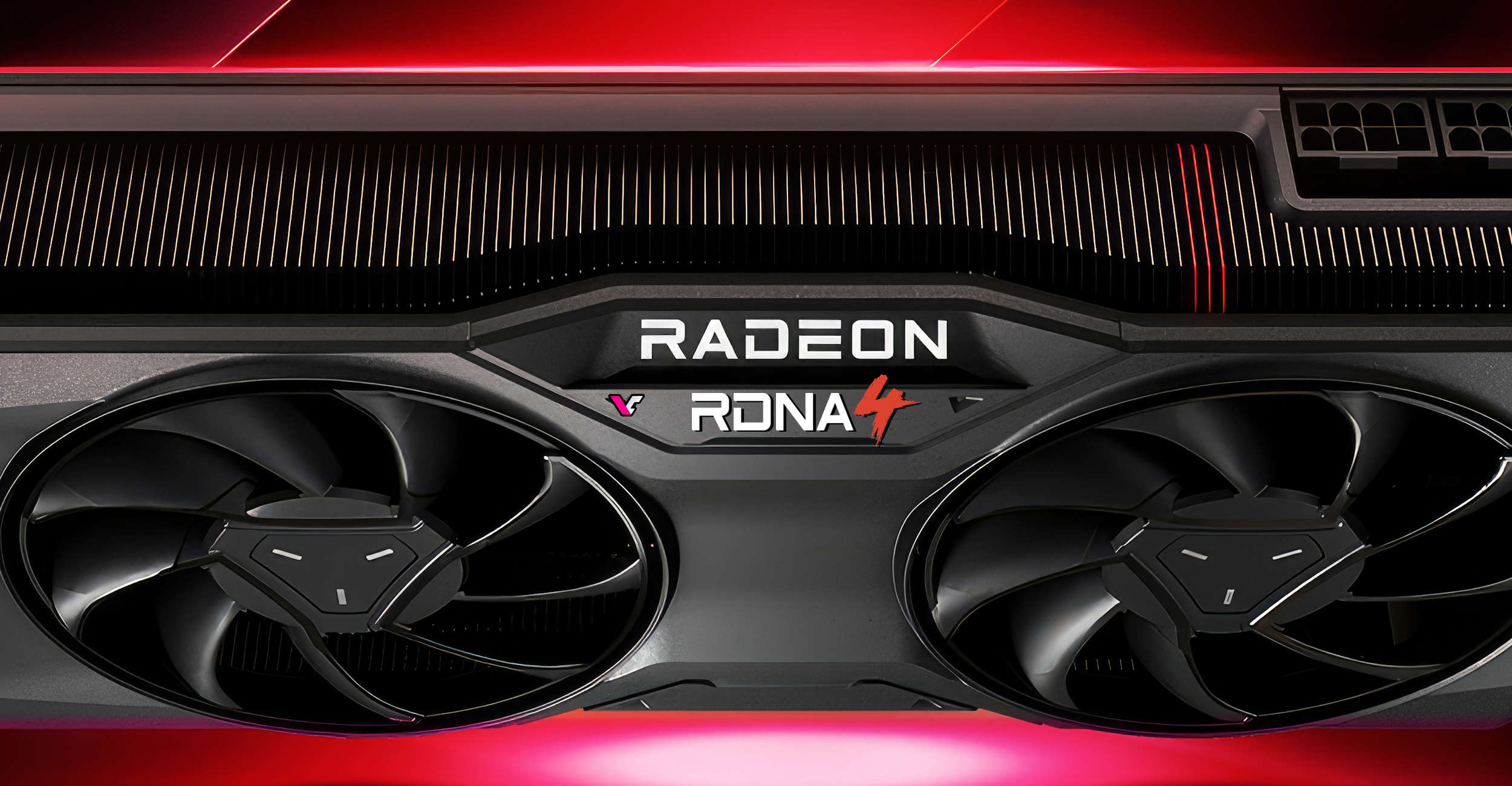AMD says it knows why it lags Nvidia and it wants to change; as such AMD is going to become a software focused company like Nvidia. AMD says it now knows that just trying to sell hardware doesn't work anymore. AMD says it is increasing its software team size by 300%
Just a few weeks ago, AMD invited us to Barcelona as part of a roundtable, to share their vision for the future of the company, and to get our feedback. On site, were prominent AMD leadership, including Phil Guido, Executive Vice President & Chief Commercial Officer and Jack Huynh, Senior VP &...

www.techpowerup.com
Welcome to 2004 AMD, you're not just making Athlon64 processors and then Microsoft goes "oh... that's neat, let's build an OS around this technology" followed by every software developer "we had better make 64Bit applications so we don't get left behind"
For example, Radeon GPUs have had tessellation capabilities at least two generations ahead of NVIDIA, which was only exploited by developers after Microsoft standardized it in the DirectX 11 API, the same happened with Mantle and DirectX 12. In both cases, the X-factor NVIDIA enjoys is a software-first approach, the way it engages with developers, and more importantly, the install-base (over 75% of the discrete GPU market-share). There have been several such examples of AMD silicon packing exotic accelerators across its hardware stack that haven't been properly exploited by the software community. The reasons are usually the same—AMD has been a hardware-first company.
Or yes to use another example.
PS: that was DX 10, not DX 11.
Why is Tesla a hotter stock than General Motors? Because General Motors is an automobile company that happens to use some technology in its vehicles; whereas Tesla is a tech company that happens to know automobile engineering. Tesla vehicles are software-defined devices that can transport you around. Tesla's approach to transportation has been to understand what consumers want or might need from a technology standpoint, and then building the hardware to achieve it. In the end, you know Tesla for its savvy cars, much in the same way that you know NVIDIA for GPUs that "just work," and like Tesla, NVIDIA's revenues are overwhelmingly made up of hardware sales—despite them being software-first, or experience-first. Another example of exactly this would be Apple who have built a huge ecosystem of software and services that is designed to work extremely well together, but also locks people in their "walled garden," enabling huge profits for the company in the process.
There is it, you finally realised it, i'm not mocking, well done, no one cares how good your hardware is, no one cares that you are first with hardware features, by the time tessellation was mainstream in games Nvidia had built a software stack around it and supported it better than you did, by the time it was mainstream it ran better on Nvidia hardware then it did on your own, that's unforgivable, you invented one of the most important graphics IP in the history of Graphics and by the time that mattered you let your competitor beat you.
This is arguably when it all started, you didn't learn from that and you didn't learn anything there after...
This is not to say that AMD has neglected software at all—far from it, the company has played nice-guy by keeping much of its software base open-source, through initiatives such as GPUOpen and ROCm, which are great resources for software developers, and we definitely love the support for open source. It's just that AMD has not treated software as its main product, that makes people buy their hardware and bring in the revenues. AMD is aware of this and wants "to create a unified architecture across our CPU and RDNA, which will let us simplify [the] software." This looks like an approach similar to Intel's OneAPI, which makes a lot of sense, but it will be a challenging project. NVIDIA's advantage here is that they have just one kind of accelerator—the GPU, which runs CUDA—a single API for all developers to learn, which enables them to solve a huge range of computing challenges on hardware ranging from $200 to $30,000
ROCm was the first time i have ever seen you take creating your own software IP stack seriously, an actual competitor to CUDA, wow.... But then you stopped in house development of it and shoved it off to the Open Source enthusiasts to 'play about with' what? Why? you should have 100 people on this with an annual budget of $300 Million developing it 24/7, that's the least Nvidia did with CUDA.
If you want to collaborate with Intel that's great, but what you should be doing is helping each other tailor make it for your respective hardware, like CUDA with Nvidia, like you said that is their advantage, it doesn't need to run on some random hardware that you have nothing to do with, that's not your problem.
There is an Nvidia accelerator, an Intel accelerator and an AMD accelerator, the end user should be able to chose one and the software just works for that hardware, they shouldn't have to go to some Open Source repository for it and ask some spotty teenage genius why this aspect of the software doesn't work because he's the only one who understands it given he made it while stuffing his face with pizza one night.
In house, everything in house, its how all the successful tech companies do it, they do it themselves for themselves.
I'm looking forward to all sorts of cool new stuff from AMD over these next few years, now that you get it don't make a mess of it, hire the very best software developers, you can afford it now, you are a $280 Billion company, literally double that of Intel, you're no longer the underdog, start behaving like the top dog.

 www.overclockers.co.uk
www.overclockers.co.uk













